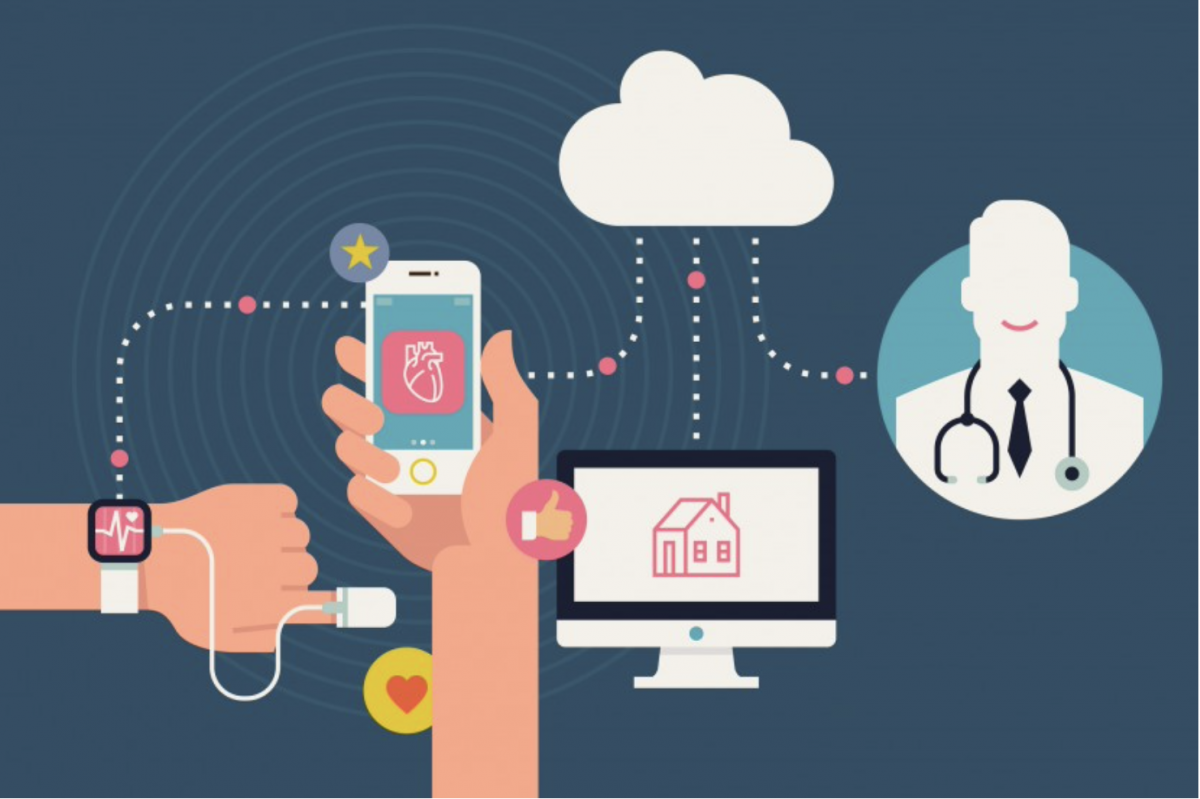Only recently DHL – one of the biggest international courier, package delivery and express mail service, which delivers over 1.5 billion parcels per year, has announced a collaboration with Dronamics. Dronamics, a Bulgarian firm that designs and operates cargo drones, has committed to collaborate with DHL to develop a network of up to 4,000 “Black Swan” drones to support the company beginning in 2022. The automated aeroplane can transport 350 kg of freight over a distance of up to 2,500 kilometers for up to 80% less than any other aircraft now in use. The use of drones permits same-day e-commerce shipments over significant distances, including essential medical supplies and other items of urgent importance. The drones are planned to supplement the organization’s express network and, at times, will supplant more modest airplane and ground cargo vehicles. In this regard, even further progress has been made. UPS and CVS have previously teamed up in America with a focus on delivering medical supplies. Residents of The Villages in Florida, one of the country’s largest retirement communities, will thus have prescriptions delivered by drones. Consequently, the medications are delivered by drone to a central location from where they get distributed to the respective person.
Drones have gradually progressed into the conversation surrounding home consignment and other sectors as innovation has increased and restrictions have been eased. However, there are still a few hurdles to overcome before this becomes a viable option. Drone liberties are proliferating, and it appears that the future of drones is today. They are rapidly being utilized for inventory improvement and monitoring, in addition to their usage in home delivery. As a result, port and ship officials have utilized drones as well. They enable port operators to ensure that everything is functioning well and to have a better understanding of the volume of goods on hand. Capacity can be assessed much more efficiently now that the coronavirus is generating supply chain constraints.
The Covid pandemic has undoubtedly aided in the rapid acceptance and application of aerial fleets. It has accelerated the development of new technologies. The pandemic, on the other hand, has not only spurred advances in utilizing drones for logistical objectives, but one of the most significant use cases during this period has been the use of drones to authorize social distance measures, such as in China.
Overall, drones consequently have a significant influence on reducing COVID-related disruptions, reducing air traffic, and alleviating severe congestion at ports, with businesses looking for ways to ease their burden. With these scenarios in mind, the future of drones appears to be promising.
Resources:
https://www.forbes.com/sites/stevebanker/2020/06/11/is-the-future-of-drones-now/?sh=6a32f1593284
The future of logistics takes flight


